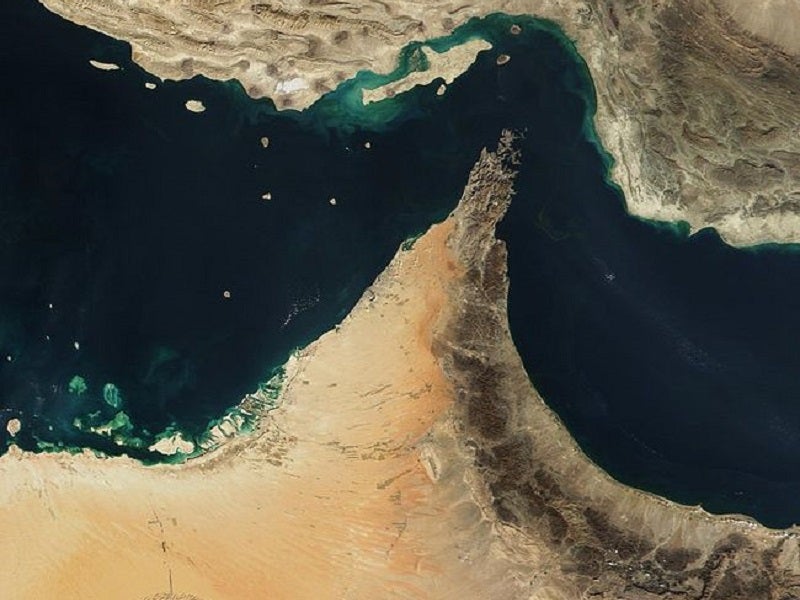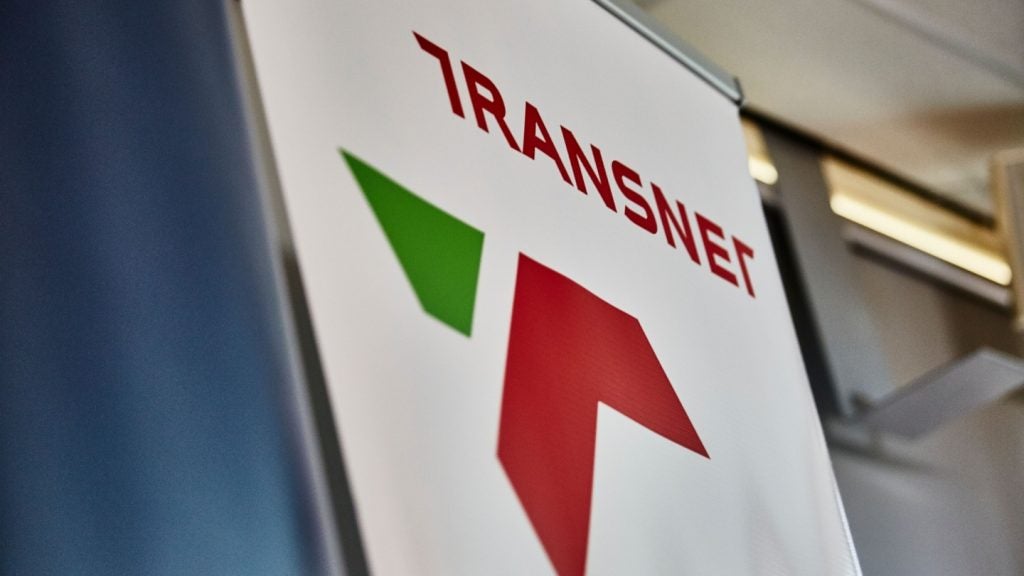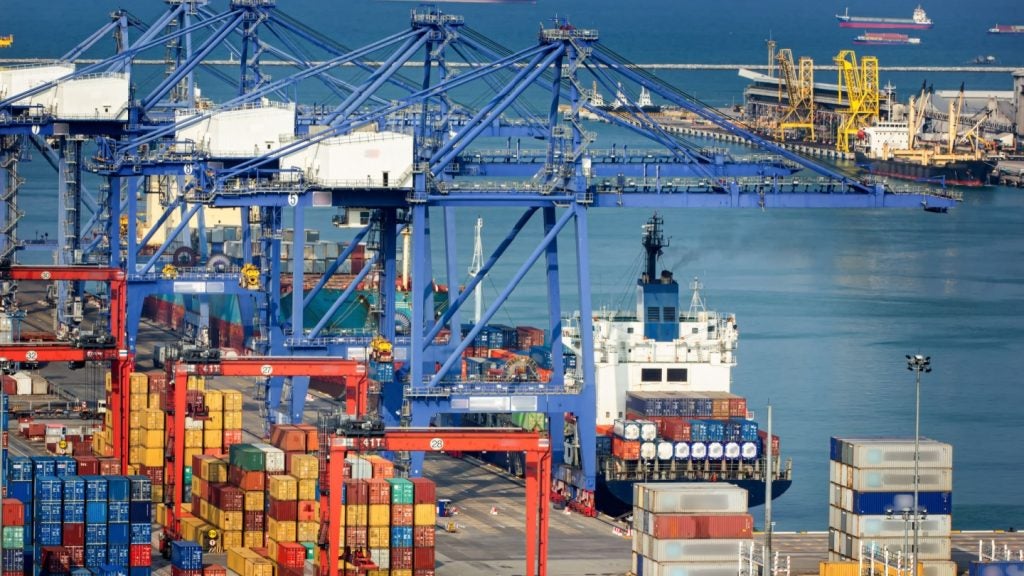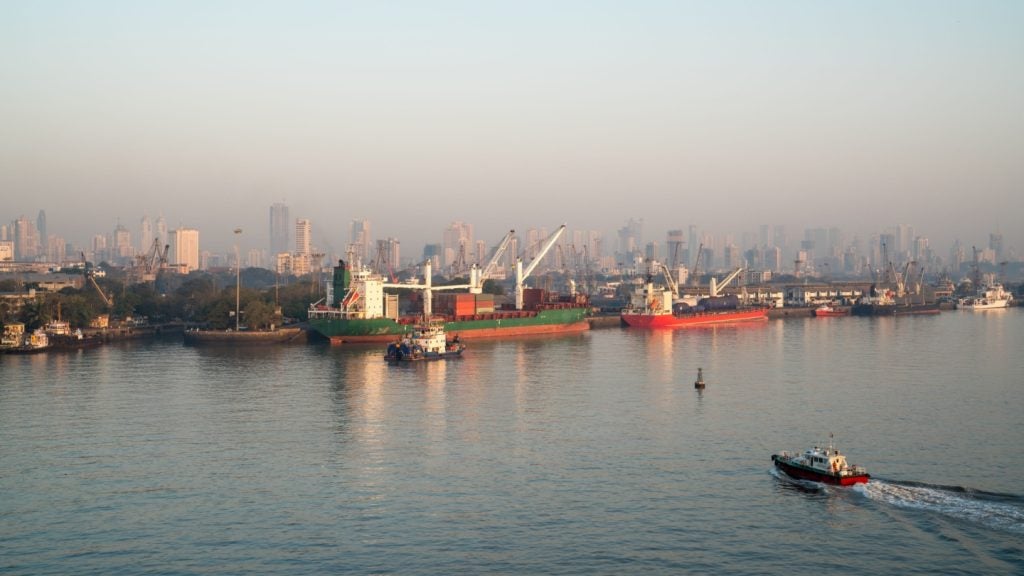
On 11 July, almost two months to the day after four oil tankers were damaged by explosions while anchored off Fujairah in the Gulf of Oman, the UK Ministry of Defence claimed that three boats – believed to belong to Iran’s Islamic Revolution Guard Corps – violated international law by trying to bring to a halt the tanker British Heritage and as it moved out of the Persian Gulf and into the Strait of Hormuz.
Iran denied any attempted seizure, despite that fact that an Iranian official had the previous week called for a British vessel to be taken in retaliation after Royal Marines helped Gibraltar authorities appropriate a tanker suspected of transporting Iranian crude oil to Syria in breach of EU sanctions.
Foreign minister Mohammad Javad Zarif was quoted as saying the UK made the claims “for creating tension” in a region that is already on a knife edge following a period of escalating friction between Tehran and Washington, which began in May 2018 when the US pulled out of the Iran nuclear deal.
A UAE-led report said it was “highly likely” that the four tankers were targeted by limpet mines placed by divers, the same method of attack that may have been used in a separate strike on two vessels in the Gulf of Oman on 13 June.
Since then, a US surveillance drone has been shot down by Iranian forces over the Strait of Hormuz, leading President Trump to greenlight and then call off US air strikes, impose additional sanctions on Iran and attempt to establish a global coalition of US military allies to protect shipping in the area.
The Strait story: the background to the US/Iran conflict
Some experts fear a return of scenes reminiscent of the ‘Tanker War’ of the 1980s, when Iran and Iraq went war with each other – and, by extension, the US – in order to halt each other’s oil exports.
How well do you really know your competitors?
Access the most comprehensive Company Profiles on the market, powered by GlobalData. Save hours of research. Gain competitive edge.

Thank you!
Your download email will arrive shortly
Not ready to buy yet? Download a free sample
We are confident about the unique quality of our Company Profiles. However, we want you to make the most beneficial decision for your business, so we offer a free sample that you can download by submitting the below form
By GlobalData“US-Iran tensions go back a long time,” says Jakob Larsen, head of maritime security at shipping NGO BIMCO. “This is not the first time someone has tried to choke off shipping in this area.”
Today, the Strait of Hormuz remains a critical choke point in the global economy, linking oil-rich states with key markets, and transporting a fifth of the world’s oil exports, around 19m barrels a day.
Iran’s warning that it may close off the Strait – perhaps by making it unsafe for international shipping – if the US continues to impose sanctions on the Islamic Republic (and encourages other nations to stop buying its oil) is not a hollow threat. Such a move could have serious repercussions for crude supplies and prices in the West – and may even be considered an act of war by the international community.
“The oil market is global, so the threat to the Western World also effects the rest of the World,” says Larsen. “About 20% of the world’s crude oil is transported by ship through the Strait of Hormuz, so if this strategic waterway is choked off it will have an upward influence on the oil prices.
“That said, global oil stocks are currently quite full and the global demand for oil is impacted by the slowdown of the global economy caused by the US-China trade war, and because of this underlying, negative influence on oil prices, we have not seen a big increase in oil prices in the weeks following the latest attacks,” he adds.
Risky business: attacks send insurance premiums spiralling
Aside from the longer-term political wrangling over freedom of passage for global shipping through the Persian Gulf, the recent tanker attacks have had a more immediate (if rather more prosaic) impact on shipping owners and companies’ bottom lines in the shape of spiralling insurance costs.
According to Bloomberg, war risk premiums – the term given to a ‘bolt-on’ to the normal hull and machinery insurance that is normally charged for a seven-day period as a percentage of the value of the ship – paid to insurers every time a vessel passes through the Persian Gulf have surged to at least $185,000 for supertankers, having risen to $50,000 following the attacks a month ago.
“The war risk added premiums experienced a steep climb in the days after the attacks,” confirms Larsen. “It went from 0.02 % to 0.1 %, and in some cases as high as 0.4 %. Reports even indicated that some ships – Saudi-flagged vessels, for example – were virtually uninsurable due to a perceived unacceptable risk.”
In June, the Joint War Committee, a group that advises insurers, designated the Persian Gulf and waters just outside it a ‘Listed Area’, effectively giving underwriters the go-ahead to charge more.
“Following the 13 June attacks, some shipowners issued instructions to their ships about routing further away from Iran,” notes Larsen. “However, as a shipping industry association, BIMCO advises the industry to stick to the usual navigation patterns in the region, as we believe that a slight increase in the distance to Iran will not reduce the threat significantly, and will furthermore reduce the navigational safety in the area.
War of words: the future of the Persian Gulf
So how is the situation in the Persian Gulf likely to develop over the coming?
“Immediately after the 13 June attacks, some ship owners decided not to take new business in and out of the Persian Gulf, because there was a great deal of uncertainty about the whole situation,” he says. “The uncertainty persists, but now almost one month since the 13 June attacks, it is my impression that the initial shock induced by the attacks has faded a little with time.
“Shipowners seem to be gradually more willing to return to usual trade patterns. Freight rates in and out of the Persian Gulf are still significantly higher than before the 13 June attacks.
“Obviously it is very difficult to predict the future, especially with actors like US and Iran involved. BIMCO has repeatedly called for diplomatic solutions to the crisis and we have a dialogue with different governments and representatives from the industry.
“What we hope to see is for the appetite for conflict between the belligerents to gradually wear down over time, and a return to the negotiation table. An armed conflict in this region is in nobody’s interest, but because of the strong rhetoric used by both sides, time will probably be needed before the conflict can be de-escalated and talks can begin.”







